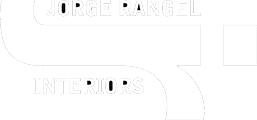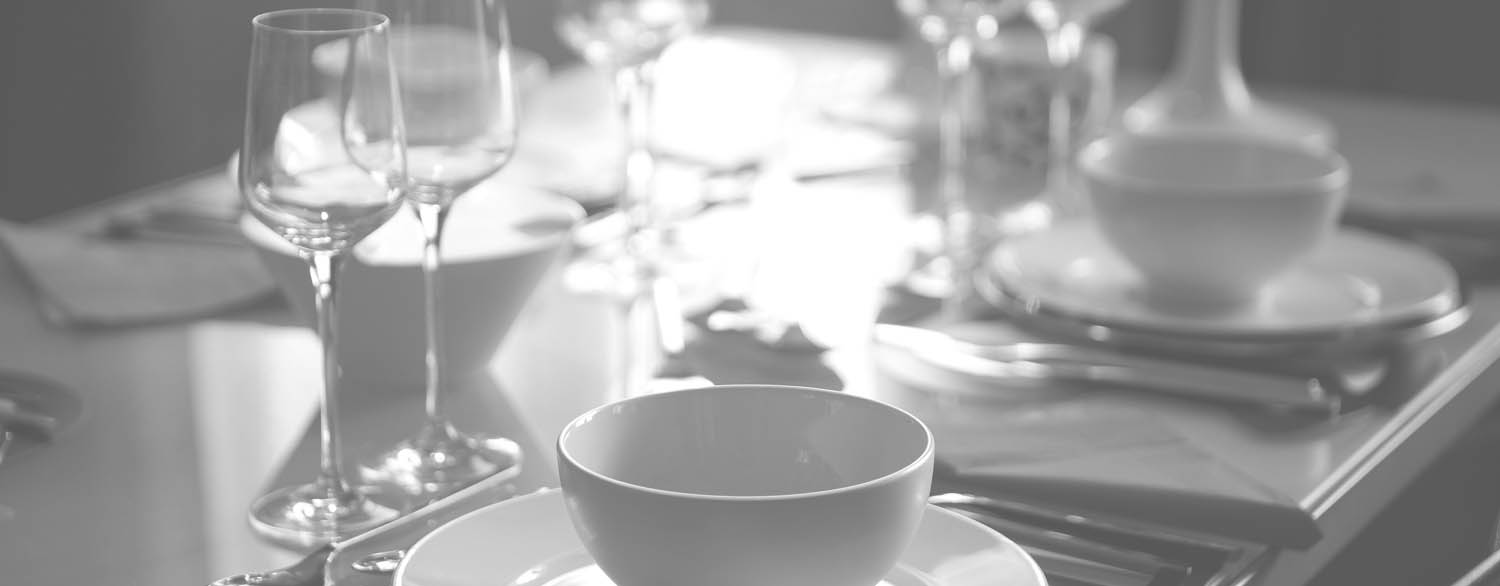14 Jan IMM Cologne 2013 : Das Haus – Interaction between inside and outside


„ Our cities are artificial worlds – habitats without a natural biosphere in which the apparent chaos of flora and fauna is replaced with the equally unfathomable chaos of the traffic. The more modern our homes are, the more the nature in them seems like an alien element“. That was my starting point, says the venetian designer Luca Nichetto.
But does it have to be that way? What happens when a designer takes a closer look at this relationship between man and nature, between the way we live and the environment? This in turn raises other questions: why on earth would a designer want to choose such an ambitious and ideologically charged subject as “eco-compatible living” for a project like the imm cologne’s “Haus”? Does he perhaps just want to jump on the sustainability bandwagon? Is he trying to make a ground-breaking contribution to ecological architecture? Or does he just want to present yet another sustainably produced new chair after all? In the end, a sense of foreboding looms: is he perhaps a starry-eyed idealist who’s trying to make the world a better place?
That is the idea behind “Das Haus” 2013 – an experiment on what living with nature might look like. It dispenses almost entirely with closed walls so as to emphasise the concept of merging the “inside” with the “outside”. The living area forms the heart of “Das Haus”, its centre – and not just metaphorically speaking. All the other rooms are connected with this heart. The entire central living area is surrounded by nature, the presence of which delimits the space without the dividing line becoming a wall.
Don’t worry. “Das Haus” for the imm cologne 2013 hasn’t turned out to be a model for improving the world. Instead it is a personal statement, a temporary realisation of a dream about how we might live in the future. I don’t want to design a house that changes people’s lives; that’s quite simply beyond my capabilities. At the end of the day, a designer’s passion is always his profession too, and the best thing he can do is to make each and every new chair as good as he possibly can.
A project like “Das Haus” is not real architecture, it is an installation at a trade fair that is seen by thousands of people. “Das Haus” counters this artificial trade fair city with an architectural tableau that is filled with life – with plant life. The idea of an energy-saving, eco-compatible house implemented in the form of a modern yet cosy interior design is definitely more attractive than a demonstration of sustainable technologies. Emotions have always been more convincing than arguments.



No Comments